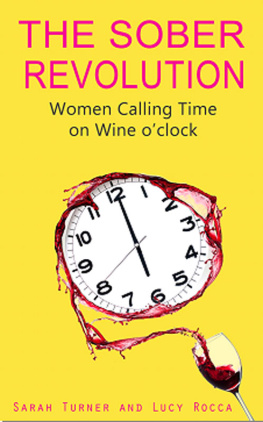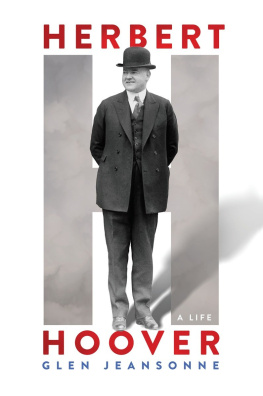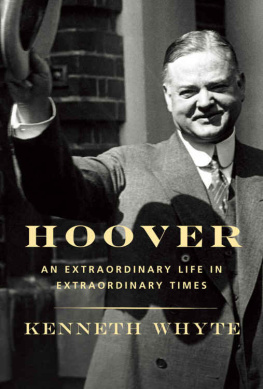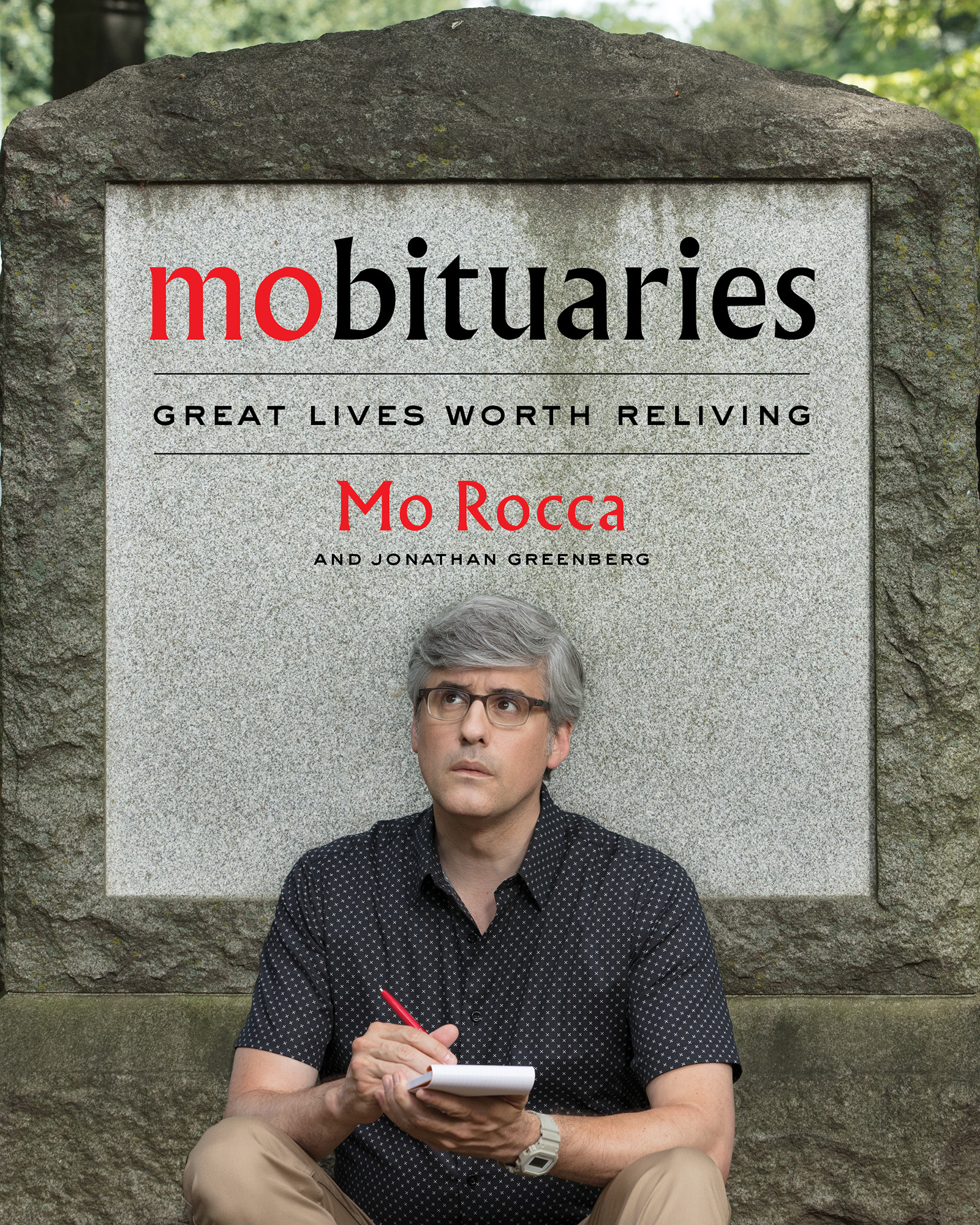Contents
Guide

Simon & Schuster
1230 Avenue of the Americas
New York, NY 10020
www.SimonandSchuster.com
Copyright 2019 by Maurice Rocca
Illustrations by Mitch Butler
All rights reserved, including the right to reproduce this book or portions thereof in any form whatsoever. For information, address Simon & Schuster Subsidiary Rights Department, 1230 Avenue of the Americas, New York, NY 10020.
First Simon & Schuster hardcover edition November 2019
SIMON & SCHUSTER and colophon are registered trademarks of Simon & Schuster, Inc.
For information about special discounts for bulk purchases, please contact Simon & Schuster Special Sales at 1-866-506-1949 or .
The Simon & Schuster Speakers Bureau can bring authors to your live event. For more information or to book an event, contact the Simon & Schuster Speakers Bureau at 1-866-248-3049 or visit our website at www.simonspeakers.com.
Interior design by Timothy Shaner, NightandDayDesign.biz
Jacket design by Alison Forner
Jacket photograph Emily Shur
Library of Congress Cataloging-in-Publication Data has been applied for.
ISBN 978-1-5011-9762-8
ISBN 978-1-5011-9764-2 (ebook)

INTRODUCTION

A s a lover of obituaries, these are the kinds of questions that weigh on my mind:
How did Founding Father Thomas Paine, the man who inspired the American Revolution with his pamphlet Common Sense, end up with just six people at his funeral and an obit summed up in the line He had lived long, did some good and much harm?
Did Sammy Davis Jr. and Jim Henson really have to die on the same day? Didnt each of these brilliant talents deserve a news cycle all to himself?
Is it even possible to diagram a sentence as long as what will likely be the first line of Bill Cosbys obit? Seriously, thats going to be one heck of a dependent-clause-heavy sentence:
Bill Cosby, the Philadelphia-born stand-up comedian who broke barriers when he became the first black actor to star in an American television drama before going on to star in his own blockbuster eponymous sitcom, but whose legacy was eclipsed by a torrent of accusations of drug-facilitated sex crimes and whose 2018 conviction on aggravated indecent assault sent him to prison where he lived out his days in disgrace, died today.
My father loved the obits, too. It was his favorite section of the newspaper. I think he liked the sweeping drama of a life packed into a few inches of print. Indeed a great one can feel like a movie trailer for an Oscar-winning biopic, leaving the reader breathless.
Consider the story of Madame Chiang Kai-shek, who died in 2003. At 105(!), the widow of Chinese Nationalist leader Chiang Kai-shek had long outlived general interest in her. Even the people still around who knew her name had forgotten she was alive.
But Madame Chiangs life was consequential, hence the gripping 2,600-word saga penned by the New York Timess Seth Faison. Beautiful, brainy, and driven, she was one of three sisters from the Soong family, which dominated Chinese politics and finance in the first half of the 20th century. Quoted in the obit is a famous Chinese ditty about the sisters: One loved money, one loved power, one loved China. (Madame Chiang was the power one.) The Gabor sisters were slouches next to these three.
Madame Chiang barnstormed the United States during World War II, electrifying Congress, winning Americans to the side of the Nationalists over the Communists, charming the masses with her southern-accented English, which she learned growing up for a time in Georgia.
Underneath the charm was a ruthlessness, though, which Faison captures. This is my favorite paragraph:
Although Madame Chiang developed a stellar image with the American public, President Franklin D. Roosevelt and other leaders became disillusioned with her and her husbands despotic and corrupt practices. Eleanor Roosevelt was shocked at Madame Chiangs answer when asked at a dinner at the White House how the Chinese government would handle a strike by coal miners. Madame Chiang silently drew a sharp fingernail across her neck.
Cant you just hear Eleanor Roosevelt gasping as Madame Chiang pantomimes a beheading? Reading that paragraph I am there at that table!
She eventually fled to the posh Upper East Side of New York. At ninety she plotted a comeback but it failed and she lived out her days being waited on by guards in the Nationalist uniforms of old. (I knew one of her neighbors, and he was convinced she and those guards were running an off-the-books takeout service out of her apartment.)
Her obit is a twofer: an engrossing personal story and a riveting history lesson about China during World War II. And a fitting send-off for someone who was, like it or not, once a pivotal figure. But not everyone has gotten the send-off they were duewhich is where this book comes in.
A Mobituary is an appreciation for someone who didnt get the love she or he deserved the first time around. This person could be a well-known name. Audrey Hepburn had the misfortune of dying not only way too young but also on the day Bill Clinton was inaugurated. Her own wartime experienceand how it shaped the woman we all fell in love withis unknown to many. (You may have heard Audrey Hepburns story on the first season of the Mobituaries podcast. But theres way more to discover in this book that wasnt covered in the podcast.)
There are Mobituaries for people who were once very famous but whose names are barely remembered today. Nineteenth-century composer Giacomo Meyerbeer practically invented grand opera. But he never recovered from an anonymous and virulently anti-Semitic hit piece written by his once-friend Richard Wagner.
And throughout the book theres a series of Forgotten Forerunners. These are Mobits for people whose great achievements have never been truly recognizedpeople like Ada Lovelace, the woman who wrote the worlds first computer program, way back in 1843.
There are also Mobits for people who arent people at all. Dragons were for a long time thought to be real. (Game of Thrones fans may want to skip that chapter.) Ditto the behemoth known as the station wagon, which didnt get any kind of obituary when it passed on in 2011. It gets a Mobit.
Distinctions between who is famous now, who used to be famous, and who was never famous are ultimately moot. Back in 2002, my friend and colleague Rita Braver interviewed the late, great writer-director-wit Nora Ephron (Sleepless inSeattle, When Harry Met Sally) for CBS Sunday Morning. (I would later on become friends with Nora.) The segment was tied to the Broadway premiere of Noras musical Imaginary Friends, about the titanic feud between the larger-than-life writers Lillian Hellman and Mary McCarthy. The interview included this sobering exchange:
- RITA: What would you like people to say about Nora Ephrons work in years to come?
- NORA: Oh, well, I think one of the things you realize when you write a play about Lillian Hellman and Mary McCarthy, who were in their time way more famous than I amand who almost no one knows who they are and theyve only been dead what, ten or twelve years?is that theres no point in thinking about what people are gonna say about you because they probably arent gonna say anything!
















 INTRODUCTION
INTRODUCTION 